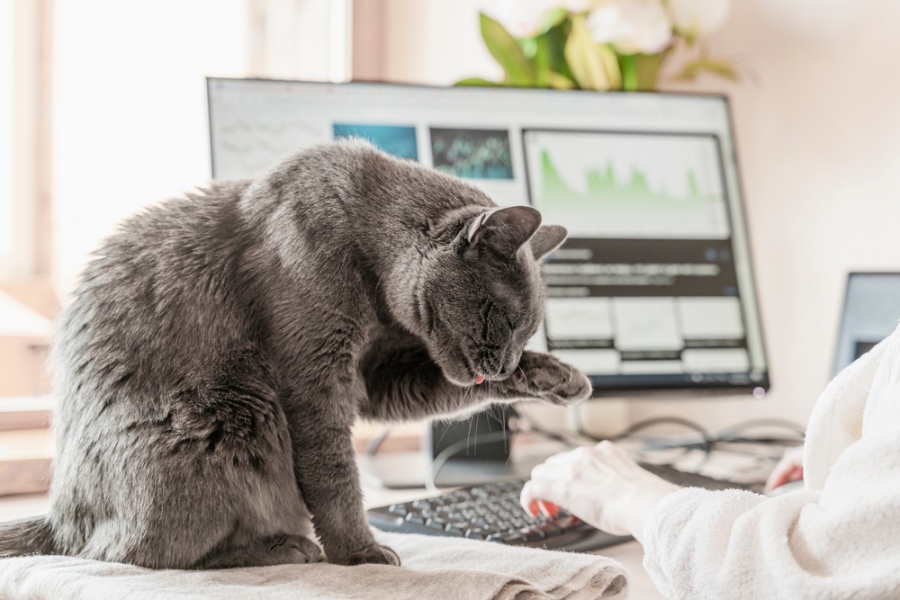Modern life has much to recommend it but there is something special about traditional crafts and the old ways of doing things. Most traditional practices all but die out or are overtaken by industrialisation but across the world it is still possible to find those special things that are lovingly made the way they have always been. For a slice of Scottish heritage you can do no better than Harris Tweed, a fabric whose production methods are controlled by law.
The Law
The Harris Tweed Act of Parliament 1993 stipulates that the cloth must be woven without automation, must be woven by the islanders of the Outer Hebrides and that they must work from their own homes. It is literally a cottage industry that has been preserved for future generations.
The Wool
Harris Tweed production begins with the fleeces of Cheviot and Scottish Blackface sheep which are largely reared on the mainland but native island fleeces are added to the mix. The wools are blended together to imbue the fabric with advantages and unique characteristics of each wool. The resulting bales are then taken to the three mills on the island of Lewis to be dyed into a variety of colours which are then blended by hand using prescribed recipes to obtain the required shades.
The Yarn
The wool is then carded using toothed rollers to mix the fibres before they are separated into a delicate yarn. The soft yarn is then spun to strengthen it for weaving before it is supplied to the local weavers. The yarns are arranged in groups on warping frames and then wound into hanks for delivery to the weaver’s homes.
Finishing
Setting up the looms to weave the fabric is a painstaking and lengthy task. Once completed the tweed is woven completely by hand to produce cloth of the finest quality. The finished cloth is taken to be washed in order to remove any remaining impurities and oils and is then beaten to soften it. A detailed inspection follows and only then can the fabric be given the Harris Tweed trademark label.
Popularity
Harris Tweed is highly revered and the act of parliament has protected the cloth from mechanisation and cheap imports. That trademark label ensures that the customer knows they are getting a piece of heritage and something which is genuinely Scottish. The weaving industry is buoyant as the cloth is in demand and much sought after in the developing world as well as nearer to home.
The Ryder Cup
This year golf’s Ryder Cup will be played in Scotland and to celebrate the heritage of the nation and the famous tournament a Harris Tweed collection has been specially created. The cloth has been used to fashion a limited edition range of clothing and accessories and will also be cut to produce the uniforms for the junior Ryder Cup team who will play in the build up to the main event.
Harris Tweed has stood the test of time and the industry continues to prosper because its traditional methods have been preserved and protected. You know what you are getting with Harris Tweed, a heritage cloth that it is still at the top of the tree.
Sally Stacey is a keen writer and retail business owner with an interest in fashion and the textile industry.





